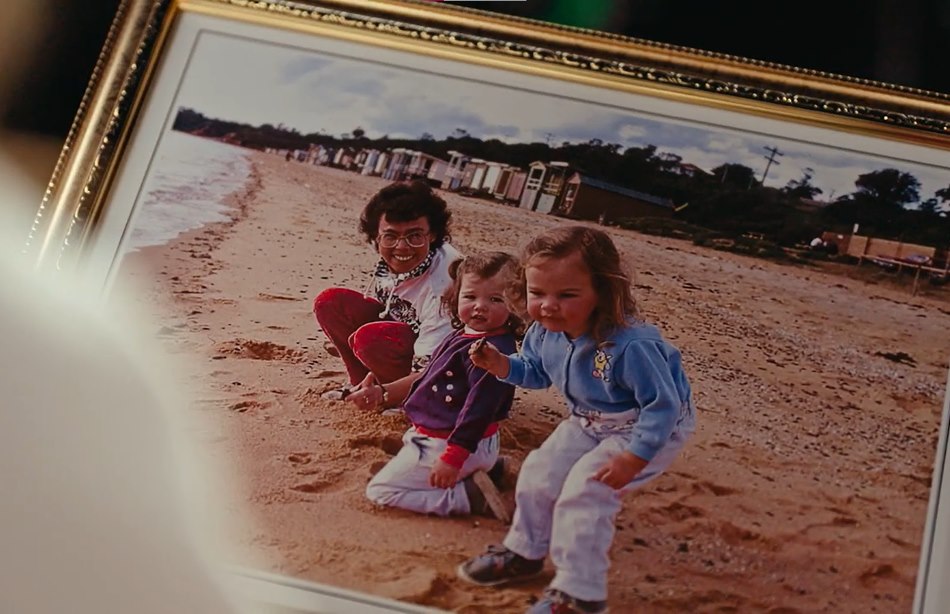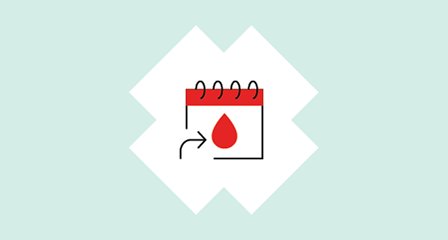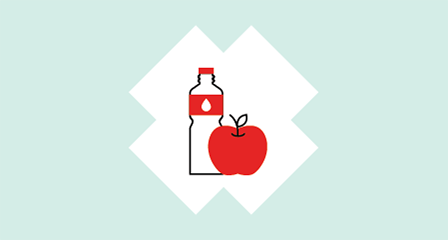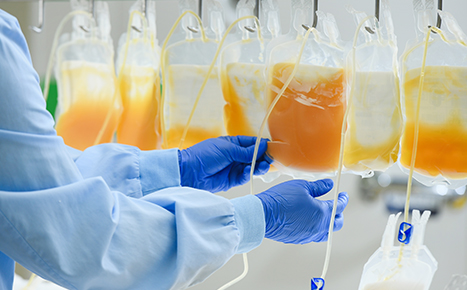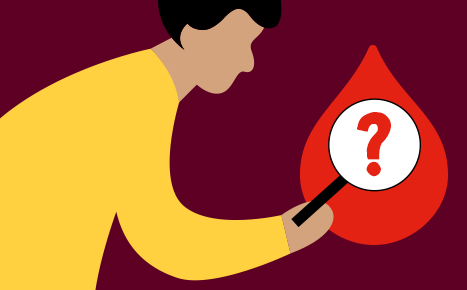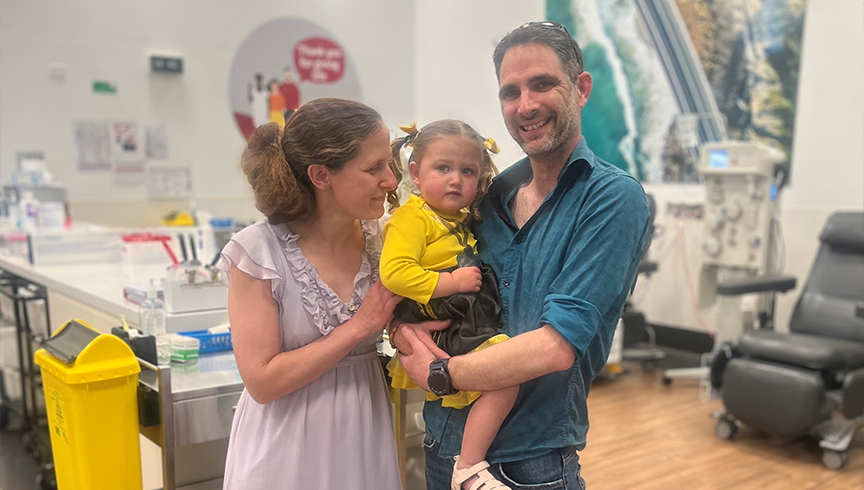Don’t have an account?
Select the donation type you’d like to make
What is plasma?
Plasma is the yellowish liquid part of your blood that holds all other blood cells. It can be used in 18 different life-saving ways, including fighting tetanus infections, treating immune deficiencies and supporting patients through heart surgeries.
Can I give plasma?
- Nearly 60% of the population can donate blood
- You can still donate plasma even if you’re low in iron, have been travelling, or have just gotten tattoos.
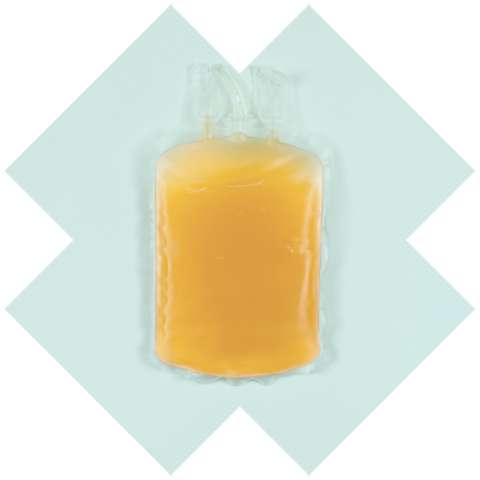
More people can now donate plasma
This includes gay and bisexual men, more transgender people, those taking pre-exposure prophylaxis (PrEP), and others who couldn’t under previous sexual activity rules.

What does a plasma donation look like?
- Book in and tell us about you – Check in at the donor centre, fill out a questionnaire, and have a chat with a staff member if you have any questions.
- Sit back and save lives – Here’s where you donate. The process is called ‘apheresis’ and it takes about 45 minutes. It’s just like donating blood but a little longer. A machine draws out blood from your arm, separates it from plasma, and your blood is returned to you – all while you’re in a comfy chair!
- Rest and snack – There’s no rush to leave. In fact, we’d love for you to have a snack on us before you go.

Plasma donation essentials
18 ways plasma saves lives
These treatments are powered by plasma. Learn more.
- Chicken pox
Chicken Pox can be a serious illness. Thankfully, doctors can use Zoster Immunoglobulin, which provides temporary protection against Chicken Pox.
- Brain disorders
Brain Disorders can happen when our immune system malfunctions. Thankfully, scientists have put their heads together and developed intravenous immunoglobulin (IVig), a mixture of antibodies that can help make hostile immune systems less of a headache.
- Immune deficiencies
When you donate plasma, you’re also donating unique antibodies. Your plasma can be mixed with plasma from other people to create a super army of lifesaving germ-fighters. This superweapon can help people with immune deficiencies.
- Tetanus
So you’ve accidentally caught yourself on a rusty fence? An intramuscular injection of Tetanus Immunoglobulin-VF normally does the trick, helping fight tetanus before it takes hold.
- Tetanus infection
If you come into contact with tetanus without being adequately vaccinated, and do develop tetanus infection, a dose of Tetanus Immunoglobulin into your blood can help mop up some of the toxins before they do more damage.
- Rh disease
In some cases when two people with different Rh (D) types (that’s the +/- in your blood type) have a child, an Rh (D) negative mother’s immune system may produce antibodies that can destroy the red blood cells of their Rh (D) positive child. Plasma helps prevent Rh disease, with a treatment given to affected pregnant women.
- Measles
For those who can’t be vaccinated against measles, plasma can save the day. It’s used to make a medication called normal human immunoglobulin (NHIG), which can provide temporary protection.
- Thrombotic thrombocytopenic purpura (TTP)
You’ve likely never heard of it, but left untreated, TTP can have fatal consequences. It’s a rare blood disorder, and a daily plasma exchange can help prevent the associated formation of blood clots.
- Liver disease
One of your liver’s 500 unique functions is to produce clotting agents, which help stop you from bleeding. When it’s damaged, the supply of these agents can dry up. In these cases, plasma can help prevent or stop bleeding complications that arise from liver disease.
- Bone marrow transplants
After chemotherapy, some cancer patients will need to have their bone marrow replaced, and some are at particular risk of very severe infections during their transplant due to their weakened immune systems. The antibodies within plasma can help prevent infections during bone marrow transplants.
- Haemophilia
Haemophilia affects your blood's ability to clot. Plasma can be used to make products that can replace missing clotting factors, helping people with haemophilia live a relatively normal life.
- Deep vein thrombosis
In some people, deficiencies of certain blood factors can increase their risk of developing deep vein thrombosis (DVT). Treatment with plasma products can help restore normal blood function by replacing these important 'anti-clotting' factors.
- Heart surgery
Lifesaving surgeons who perform heart surgery do so with cryoprecipitate at their side, which can treat complications during heart surgery.
- Haemorrhages
Haemorrhages are among the most challenging issues any surgeon will face. A transfusion of a special plasma product that replaces vital clotting factors, can help to stop critical bleeding.
- Rare blood disorders
A very small percentage of the population, have inherited rare blood disorders. They may have complicated names, like “congenital dysfibrinogenaemia” or “von Willebrand disease”, but often the treatment is quite simple - regular transfusions of treatments made from plasma.
- Hepatitis B
If you’re exposed to Hepatitis B and haven't been vaccinated, there is a plan B – a treatment made from plasma.
- Kidney disease
If your kidneys fail due to kidney disease, Albumin, a protein extracted from plasma, can be used in the treatment.
- Severe burns
Plasma can offer patients suffering severe burns some relief. Albumin can help replenish and replace lost fluid and proteins, preventing a patient from going into shock.
Help more people more often
There are thousands of reasons to give plasma. Why will you?
Whether you’re supporting a loved one in need or just trying to make a difference, your reason is as unique as you are.
